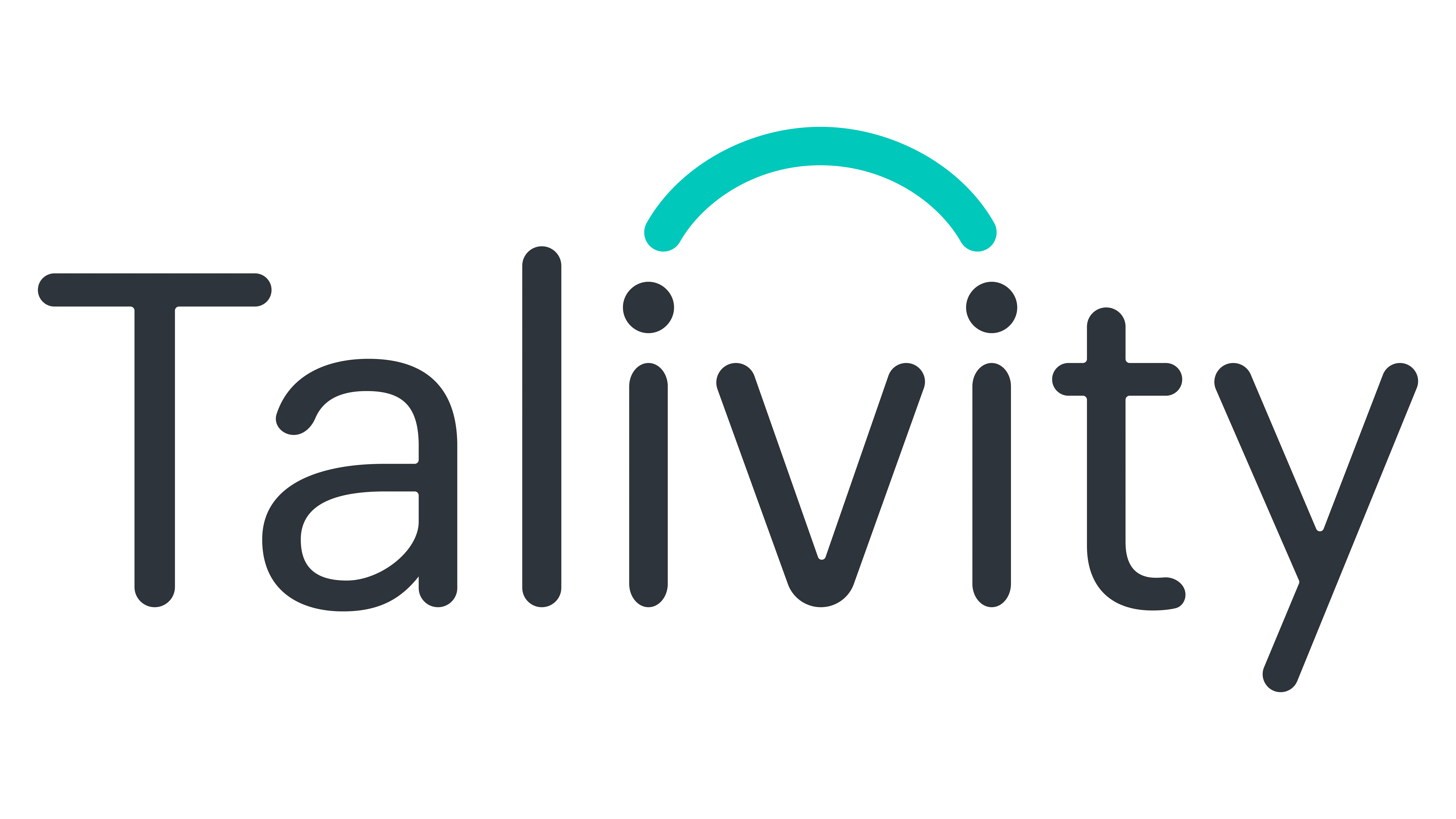Find the right solution for your business.
Explore SolutionsThe July 2024 jobs report from the Bureau of Labor Statistics (BLS) revealed mixed signals about the U.S. labor market. The unemployment rate increased to 4.3%, and nonfarm payroll employment rose by 114,000, below the monthly average gain of 215,000 over the past year.
Key Sector Trends
Health care, construction, and transportation and warehousing sectors showed positive job growth. However, the information sector faced job losses, indicating ongoing challenges in tech-related industries.
- Health Care: The addition of 55,000 jobs in the health care sector, particularly in home health care services, hospitals, and nursing care facilities, suggests a strong demand for health care professionals. Focus on aggressive hiring strategies in these areas, highlighting job stability and growth opportunities to attract talent.
- Construction: With construction adding 25,000 jobs, mainly in specialty trade contractors, there is a clear need for skilled labor in this sector. You should target candidates with specific trade skills and offer competitive benefits to fill these roles effectively.
- Information Sector: The loss of jobs in the information sector shows ongoing challenges in tech-related industries. For recruiters in this sector, the focus should be on retention and upskilling current employees. Additionally, targeting niche talent pools with specialized skills can help address the skill gaps.
Wage Growth and Economic Cooling
Average hourly earnings for private nonfarm payroll employees increased by 0.2% to $35.07, marking a 3.6% year-over-year rise.
This slower wage growth aligns with the Federal Reserve’s efforts to control inflation, providing a favorable environment for potential rate cuts. The cooling wage pressures reflect a trend toward economic stability, reducing the risk of overheating.
Federal Reserve’s Stance
The Federal Reserve’s meeting on Thursday maintained the current interest rate at a 23-year high. The decision was influenced by the cooling labor market and inflation control goals.
Analysts expect the Fed to consider rate cuts soon if economic conditions continue to warrant such measures.
This cautious approach indicates the Fed’s commitment to balancing economic growth and inflation management.
You should stay informed about economic trends and adjust your strategies accordingly.
Understanding sector-specific dynamics and anticipating potential shifts in Federal Reserve policies can help in making informed decisions about hiring and workforce management.
By aligning recruitment strategies with economic realities, you can better navigate the complexities of the labor market and ensure organizational success.


